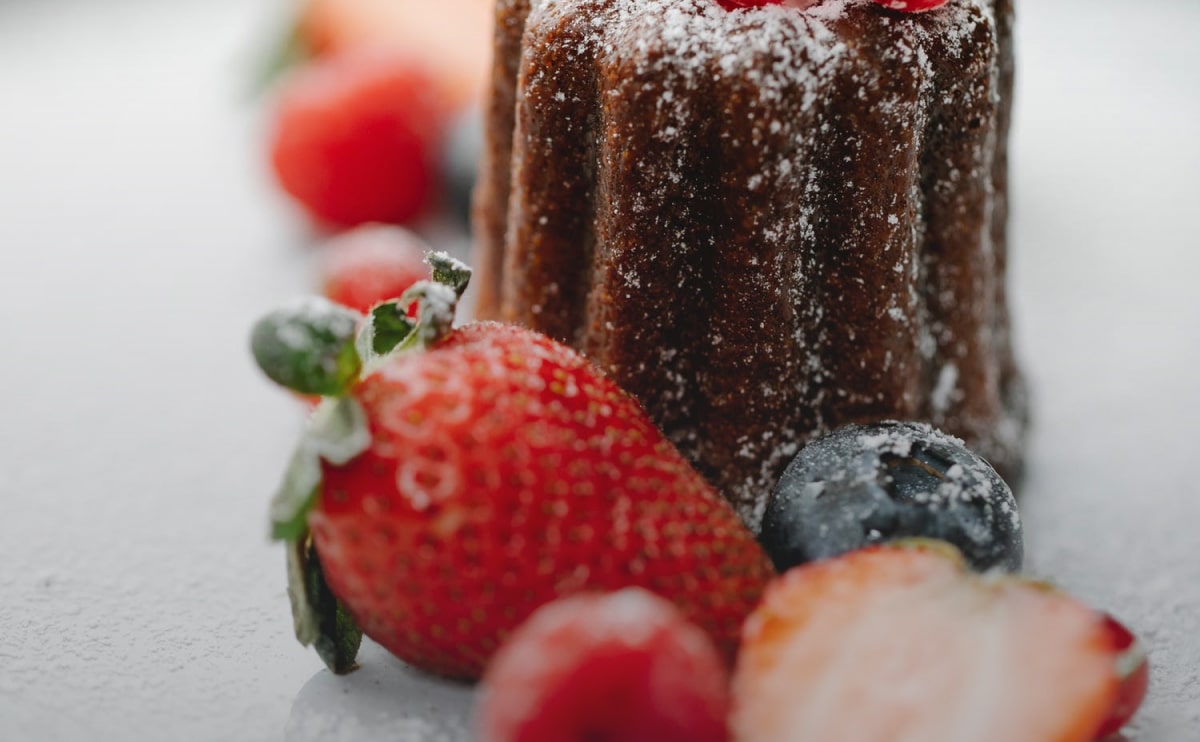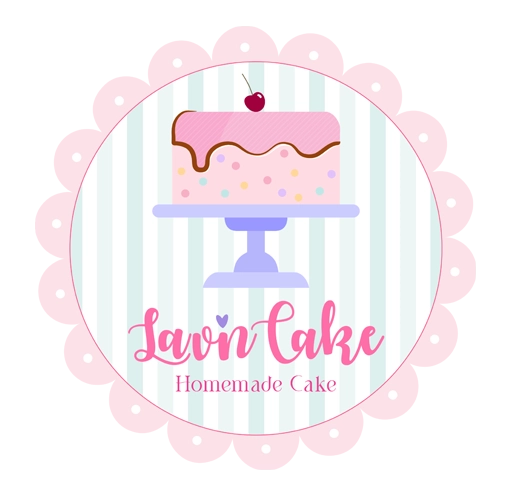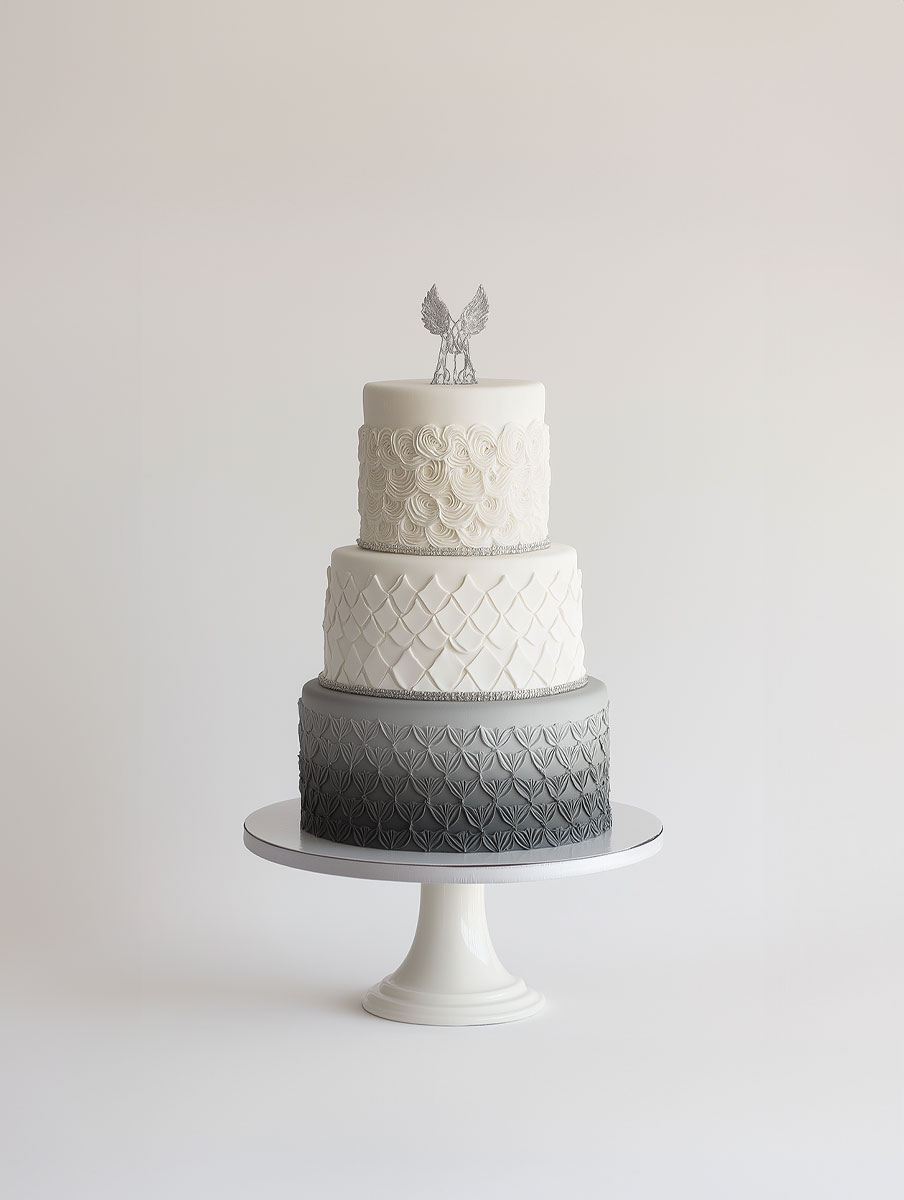The secrets to baking perfect cakes: from choosing ingredients to tricks

Baking the perfect cake is both a science and an art. Whether you’re a beginner or an experienced baker, small details can make a big difference in achieving a soft, fluffy, and flavorful cake. From selecting the right ingredients to expert-level tricks, here’s everything you need to know to bake a cake that looks and tastes amazing!
1. Choosing the Right Ingredients 🛒
Flour: The Foundation of Your Cake
- All-purpose flour – Good for most cakes, but can be a bit dense.
- Cake flour – Has less protein, making cakes softer and fluffier.
- Self-rising flour – Contains baking powder, perfect for quick cakes.
🔹 Tip: If you don’t have cake flour, substitute 1 cup of all-purpose flour with 1 cup minus 2 tbsp flour + 2 tbsp cornstarch.
Sugar: More Than Just Sweetness
- Granulated sugar – Best for most cakes.
- Brown sugar – Adds moisture and a deeper flavor (great for caramel or spice cakes).
- Powdered sugar – Used in frostings and glazes, not for the cake batter.
🔹 Tip: Creaming butter and sugar well (for at least 3-5 minutes) helps create a light, airy texture.
Eggs: The Secret to Structure
- Eggs provide stability, moisture, and richness.
- Room temperature eggs mix better into the batter.
🔹 Tip: To quickly bring eggs to room temperature, place them in warm water for 5 minutes.
Fats: Butter vs. Oil
- Butter – Adds richness and flavor, helps create a denser cake.
- Oil – Makes cakes extra moist (best for chocolate or carrot cakes).
- A mix of both – Often gives the best texture!
🔹 Tip: If a recipe calls for oil but you want a buttery flavor, replace half the oil with melted butter.
Leavening Agents: The Science Behind the Rise
- Baking powder – Used in most cake recipes; creates a light texture.
- Baking soda – Needs an acidic ingredient (like buttermilk or yogurt) to work.
- Eggs & air incorporation – Whipping eggs or folding in beaten egg whites can also add volume.
🔹 Tip: Always check expiration dates! Expired baking powder or soda won’t work properly.
Liquid Ingredients: Keep It Moist
- Milk or buttermilk – Buttermilk adds tang and tenderness.
- Yogurt or sour cream – Makes cakes ultra-moist and soft.
- Coffee (for chocolate cakes) – Enhances the chocolate flavor without overpowering.
2. Expert Tricks for Baking the Perfect Cake 🎂
1. Measure Ingredients Accurately
Baking is chemistry! Use a kitchen scale for precise measurements, especially for flour and sugar.
🔹 Tip: Spoon and level flour into a measuring cup instead of scooping directly (which packs in too much flour).
2. Don’t Overmix the Batter
- Overmixing leads to dense, tough cakes.
- Mix until ingredients are just combined—stop as soon as you don’t see dry flour.
3. Use Room Temperature Ingredients
Cold butter, eggs, and dairy won’t blend properly, leading to uneven textures.
🔹 Tip: If your butter is too hard, cut it into small pieces and microwave for 5-10 seconds (don’t melt it!).
4. Grease and Line Your Cake Pans Properly
- Use parchment paper at the bottom to prevent sticking.
- Grease with butter or nonstick spray and lightly dust with flour.
🔹 Tip: If using a bundt pan, grease every nook and cranny to avoid cake disasters!
5. Bake at the Right Temperature
- Most cakes bake best at 325°F to 350°F (163°C to 175°C).
- Avoid opening the oven door too soon—it can cause the cake to sink.
🔹 Tip: If your cakes are doming too much, lower the oven temperature slightly and bake a few minutes longer.
6. Use the Toothpick Test for Doneness
Insert a toothpick into the center—if it comes out clean or with a few moist crumbs, the cake is done. If it’s wet, bake for a few more minutes.
🔹 Tip: Don’t overbake! Overbaking dries out cakes, so check for doneness a few minutes before the recipe’s suggested time.
7. Let Cakes Cool Properly
- Let cakes cool in the pan for 10-15 minutes before turning them out.
- Place them on a wire rack to cool completely before frosting.
🔹 Tip: Frosting a warm cake will cause the frosting to melt and slide off.
3. Pro-Level Cake Decorating Tips 🎨
Crumb Coat for a Smooth Finish
- Apply a thin layer of frosting to “trap” crumbs before adding the final layer.
- Chill the cake for 15-30 minutes before applying the final coat.
Level Your Cake for Even Layers
- Use a serrated knife or cake leveler to remove domed tops before stacking layers.
Pipe Frosting Like a Pro
- Use a piping bag with different nozzles for beautiful designs.
- Hold the bag at a 45-degree angle for smooth control.
🔹 Tip: If frosting is too stiff, add a little milk. If too runny, chill it for a few minutes.
Add a Flavor Boost
- Brush cake layers with simple syrup (sugar + water) to keep them moist.
- Add a pinch of salt to buttercream frosting—it enhances the sweetness!
4. Troubleshooting Common Cake Problems ❌
| Problem | Possible Cause | Fix |
|---|---|---|
| Cake is too dry | Overbaking, too much flour | Check oven temp, use accurate measurements, add more moisture (oil/yogurt) |
| Cake sank in the middle | Underbaking, overmixing, opening oven too soon | Bake fully, mix gently, don’t open oven early |
| Cake is dense and heavy | Overmixing, expired baking powder/soda | Mix gently, check freshness of ingredients |
| Cake sticks to the pan | Not greasing properly | Use parchment paper and grease the pan well |
| Cake has large holes | Overmixing, too much leavening | Mix batter until just combined, measure leavening agents properly |
Now It’s Time to Bake! 👩🍳🎂
Baking the perfect cake takes practice, but with these tips, you’re on your way to creating bakery-level cakes at home. What type of cake are you excited to try next? Let me know! 🍰💛










